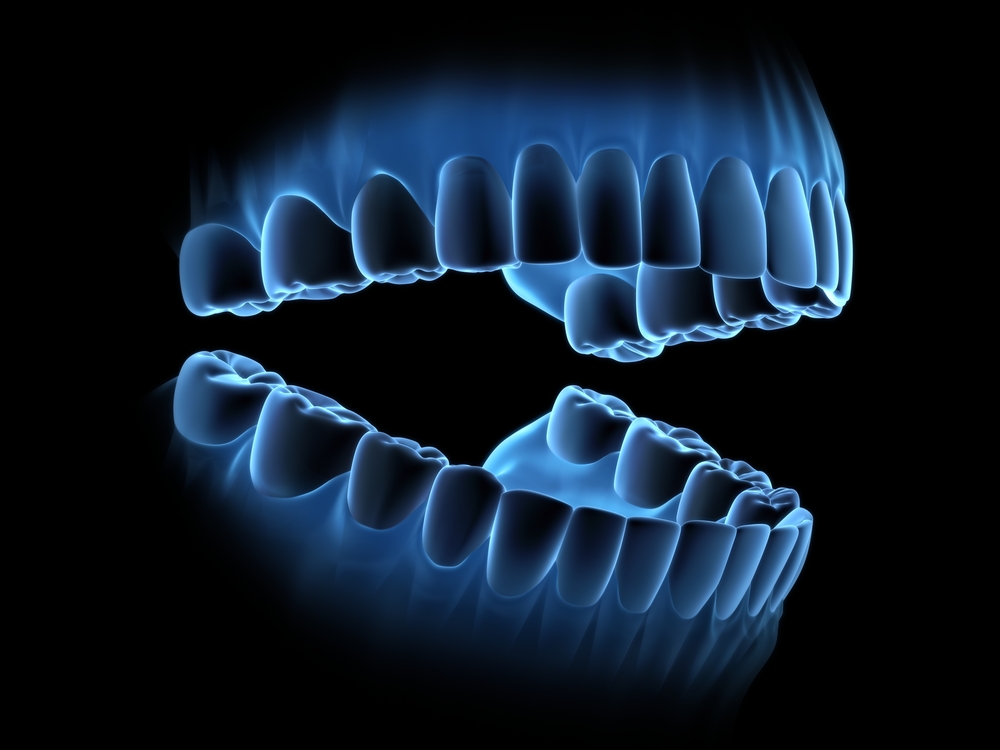3D imaging has been used in dentistry for many years, but the traditional method of creating models is dental plaster models. While these models are accurate, so are 3D-printed mouth models. In fact, dental 3D printing is not only accurate but also fast and much less messy. Patients who have had a crown or other dental appliance fitted do not generally remember the process fondly. The cast is dirty and it was necessary for the patients to be fitted with only a temporary appliance to return for a second visit. This is both inconvenient and time-consuming. 3D imaging and printing can alleviate this problem.
At dental offices with this capability, the process is quick and patients can often be fitted with their permanent braces in a single visit without the mess of casts. This makes the entire process much more convenient for patients.
Dentists also benefit from 3D printing and imaging. Imaging files are much easier to store than bulky plaster casts. All credits to the transition to digital technology, dentists and maxillofacial surgeons can store patient information indefinitely. This makes it easy to refer back to files for comparison, planning and treatment.
3D printing in Maxillofacial and Oral Surgery
Maxillofacial and oral surgery is an area where 3D printing is currently being used for a variety of reasons, including cancer, birth defects, injury or bone recession. In cases such as these, corrective surgery is often necessary. Using 3D scanning and printing, a prosthesis, implant, dental mesh, surgical stent and more can be created to help patients.
In addition to creating custom prosthetics, 3d printed denture teeth is also useful as part of the planning process. Three-dimensional printing can be used to create prototypes of planned devices before surgery. The ability to simulate devices prior to implantation can help surgeons design complex reconstructions and ensure that devices fit well. This allows the entire surgical process to be safer and easier.
3d-Printed Dental Implants
As with maxillofacial surgery, 3D scanning and 3D printing are improving the fit, comfort and ease of dental implant surgery. 3D scanning of a patient’s teeth, gums, and jaws allows dentists a high degree of accuracy, resulting in a 3D-printed dental anatomy that is patient-specific. There are many benefits to using 3D printing for dental implant surgery, including:
- Determine the depth and width of the bone
- Precise sizing of implants
- Determine the location of sinuses and nerves
3D printing creates accurate models that ensure a good fit. It is used to address issues such as the placement, angle and depth of the implant prior to surgery. The same technology allows dentists to create templates and surgical drill guides for permanent implants. Many dentists use these guides to improve surgical safety by guiding the surgeon’s hand, ensuring proper placement, and limiting the depth of the drill.
How 3d Printing Is Used For Crowns
Thanks to 3D scanning and printing, dentists and patients can forego plaster dental moulds and the need to rely on a lab to create a crown. Using 3D technology, dentists can use a scanning camera and specialized software to create an accurate three-dimensional image of the tooth that needs to be crowned if the tooth has not fractured below the gum line. This image is then transferred to a 3D printer or milling machine, which cuts the porcelain crown to exact specifications. The entire process can be completed in about an hour, allowing patients to leave the dental office with a permanent crown the same day.

